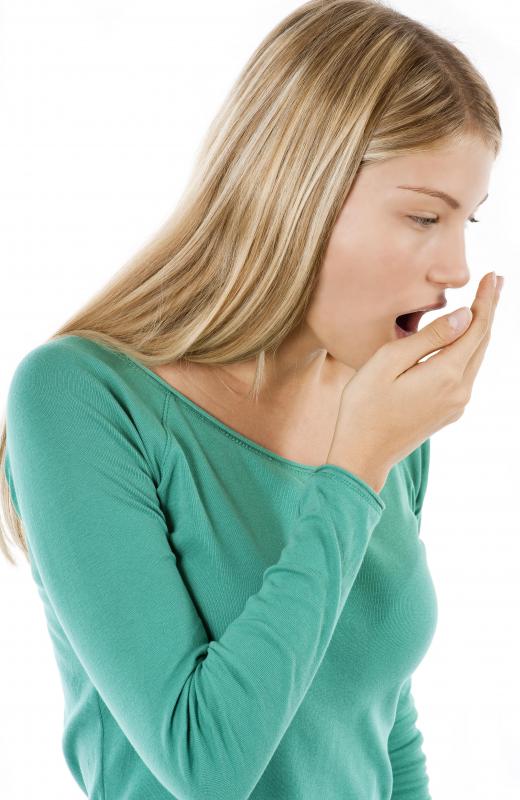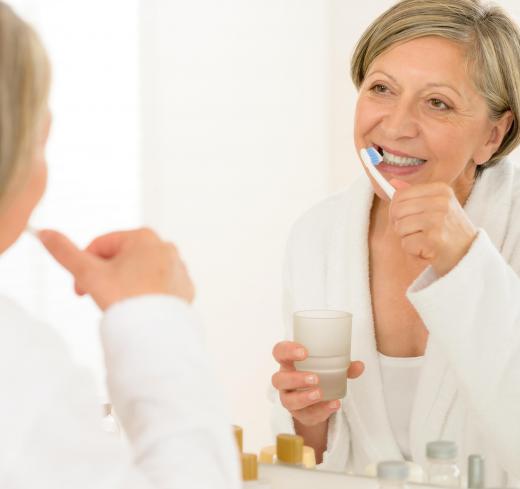What Is Oral Microbiology?
Oral microbiology is the study of the bacteria, fungi and viruses that colonize the mouth. These tiny human flora often live closely packed together in gelatinous masses known as biofilms. Although specific strains of bacteria have traditionally been held responsible for oral pathology, causing gum disease and tooth decay, oral microbiology is complex. The actions and effects of one microorganism can influence those of another, and the whole colony forms its own small ecosystem within the oral cavity. Scientists are continuing to learn more about the significance of the different types of microbes found inside healthy and unhealthy mouths.
The study of oral microbiology is made more difficult because many of the microorganisms that colonize the mouth will not grow in laboratory conditions. In recent times, advances in identifying bacteria have allowed microorganisms to be collected and identified from their DNA. This technique has been used in the human microbiome project, which aims to map all of the bacteria normally present in the body. It has been established that the number of different microorganisms in the mouth amounts to more than 700.

Interactions between the different microorganisms can mean that some microbes produce factors that inhibit or promote the growth of others. The bacterium known as S. mutans, which is known to produce acid that causes tooth decay, may be less of a threat to health if it resides near a different bacterium which produces an alkaline substance. Those bacteria that tend to be the early colonizers of the mouth have special abilities that enable them to stick to teeth and gums, while later arrivals rely on attaching themselves to the early settlers.

As researchers continue to learn more about oral microbiology, it seems that simply removing plaque, which is the substance that contains microorganisms, may not be the best answer to gum and tooth disease. Removing all microbes leaves a space which might then be colonized by more harmful microorganisms. This could replace a balanced mix of bacteria which may not have posed a health threat, as the potentially harmful effects of some microbes were neutralized or inhibited by others around them.
Some oral microbiology researchers have suggested that helpful bacteria could be used to alter the balance of microbes inside the mouth. If live bacteria could be introduced into the oral cavity, which would inhibit the growth of acid-producing microbes and harmlessly replace them, this could help reduce dental decay. Another method of removing harmful bacteria would involve attacking them with anti-microbial substances. These would be attached to molecules that only bind to the harmful species.
AS FEATURED ON:
AS FEATURED ON:












Discuss this Article
Post your comments